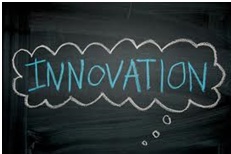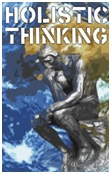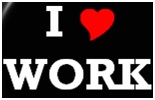|
 |
|
 |
|
|
||
Rosabeth Moss Kanter, The Change Masters (1984)
American Harvard Business School professor and expert in innovation and change in organizations (pictured right).
See also... Rosabeth Moss Kanter in the Management Gurus section. Book summary
What is innovation? Innovation isn’t just new product development but is: “the generation, acceptance and implementation of new ideas, processes, products and services” Innovation is carried out by “corporate entrepreneurs” and involves:
Causes of innovation 1. Integrative thinking This is:
This contrasts with anti-innovative “segmentalism” where people
2. Breaking down organizational barriers The organization-wide, free exchange of information through:
Innovation requires that creative conflict is focused on common aims (like customer satisfaction).
3. Cross-functional teams Combining people in teams from different functions, so that different views can be shared.
4. Empowerment Encouraging people to take responsibility for innovation problem solving by:
a) the “power tools” for innovation
b) autonomy Giving individuals and teams the power to make their own decisions. c) common purpose Creating commitment to:
d) rewards Rewarding innovation and performance.
e) fulfilling and secure employment
f) job mobility (so that people learn from jobs and develop a network of contacts).
g) education and training h) respect
5. Strategy and vision A long term innovation strategy based upon an inspiring vision of the future. 6. Encouragement of learning Openly debate and challenge existing ideas and problems without being tempted by easy (but incorrect) solutions.
7. Structure
8. Change Innovative companies keep what’s good in their past (like their values) but abandon bad behaviour (particularly resistance to change and innovation). “The change master is partly a historian who knows which pieces of the past to preserve and honour while moving toward a different future”, says Kanter.
Key quote on innovation Innovation requires a trust in the future.
Key quote on creativity The source of new ideas is people.
Key quote on human resource management The companies with a commitment to human resources were significantly higher in long-term profitability
Key quotes on change The change master is partly a historian who knows which period of the past to honour and preserve while moving toward a different future. Our transforming era requires not only that we change our practices in response but also that we change the way we think about what we do.
Key quote on America Where America leads, it leads because of innovation. |
|
|
||
|
|
||
| Copyright © wisdomtowin.com 2025 All Rights Reserved | ||
|












